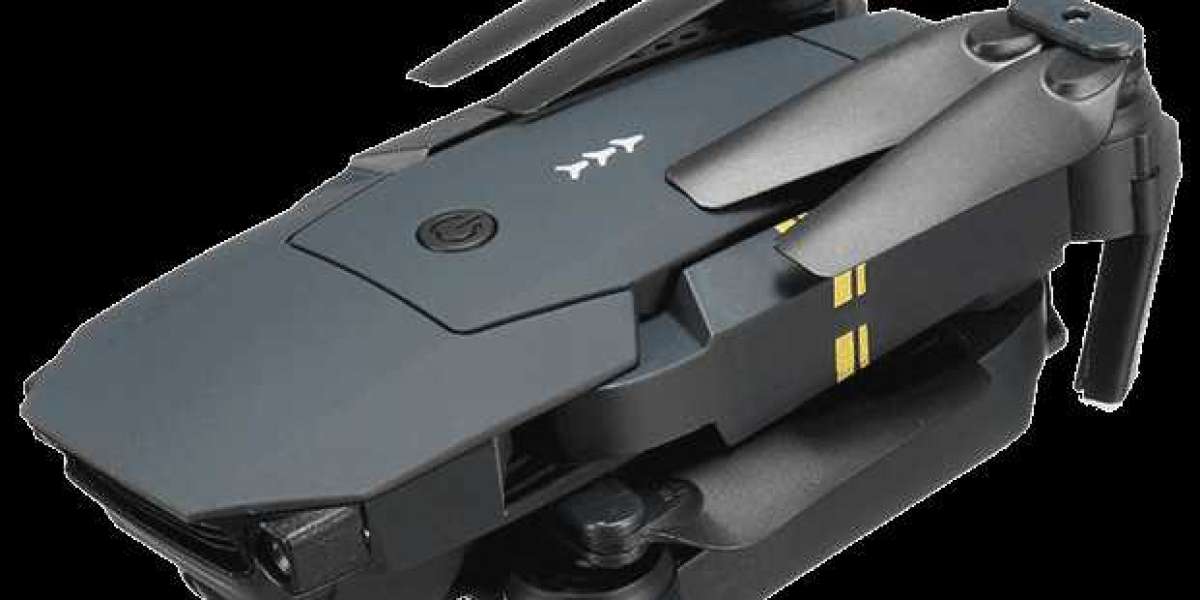SMD Screens: Revolutionizing the Future of Display Technology
In today's fast-paced world, where visual communication plays a crucial role in advertising, entertainment, and information dissemination, the demand for high-quality, dynamic displays has surged. Enter Surface-Mounted Device (SMD) screens, a technology that has completely transformed the way we perceive and interact with digital displays. From billboards in bustling city streets to indoor displays at corporate events, SMD screens are emerging as the go-to solution for impactful visuals.
This article delves into the various aspects of SMD screen technology, its benefits, applications, and why it stands out as a game-changer in the realm of display technology.
What is an SMD Screen?
An SMD screen is a type of LED display that utilizes Surface-Mounted Devices (SMD) to produce light. In simpler terms, SMD technology involves mounting LEDs directly onto the surface of a printed circuit board (PCB). Each pixel on an SMD screen is made up of three diodes – red, green, and blue – which combine to create a wide spectrum of colors. This process allows for high-definition image quality and vibrant colors, making SMD screens a superior choice for digital displays.
The key innovation behind SMD screens is the compact size of the LEDs. With each diode being incredibly small, SMD screens can pack more pixels into a given area. This results in higher resolutions and sharper images, which is why these screens are widely used in both indoor and outdoor settings.
Advantages of SMD Screens
SMD screens bring several advantages to the table, making them stand out in the competitive world of display technology. Some of the key benefits include:
1. High Resolution and Brightness
The primary advantage of SMD screens lies in their ability to deliver high-resolution images with outstanding clarity. Due to the compact size of the diodes, more pixels can be fit into a small space, leading to sharper and crisper visuals. This is particularly beneficial for industries that rely on intricate details, such as advertising, broadcasting, and corporate presentations.
SMD screens also offer exceptional brightness, which ensures that images remain vivid and clear even under direct sunlight. This makes them ideal for outdoor advertising and events, where visibility is key.
2. Wide Viewing Angles
Traditional display technologies often suffer from limited viewing angles, meaning the picture quality deteriorates when viewed from the side. However, SMD screens provide a wide viewing angle, ensuring that the image remains consistent and vibrant, no matter where the viewer is standing. This makes SMD screens an excellent choice for venues like stadiums, airports, shopping malls, and other public spaces.
3. Energy Efficiency
SMD technology is highly energy-efficient. The surface-mounted LEDs consume less power compared to traditional display technologies, making SMD screens not only environmentally friendly but also cost-effective in the long run. With rising energy costs and the push for sustainability, this energy efficiency is a significant factor for businesses looking to reduce operational expenses.
4. Durability and Longevity
SMD screens are built to last. The use of surface-mounted diodes ensures better heat dissipation, reducing the risk of overheating and extending the screen’s lifespan. This durability makes outdoor SMD screen a reliable investment for businesses and organizations that require long-lasting display solutions.
5. Lightweight and Slim Design
Another notable feature of SMD screens is their lightweight and slim design. Since the diodes are directly mounted on the PCB, the overall structure of the screen is more compact and lightweight compared to other LED display technologies. This makes them easier to install, transport, and maintain, especially in scenarios where space is a concern.
Applications of SMD Screens
The versatility of SMD screens has made them a popular choice across various industries. Whether it's for advertising, entertainment, or information sharing, SMD screens are making an impact. Below are some of the key applications:
1. Outdoor Advertising
One of the most common uses of SMD screens is in outdoor advertising. The high brightness and resolution of these screens make them perfect for billboards, posters, and other outdoor signage. Whether it’s in a bustling metropolis or along highways, SMD screens ensure that advertisements are eye-catching and easily visible, day or night.
2. Indoor Displays
SMD screens are also widely used for indoor displays in retail stores, airports, hotels, and corporate offices. Their high resolution and color accuracy make them ideal for delivering dynamic content, such as promotional videos, product showcases, and digital menus. These screens help businesses enhance customer engagement and convey messages more effectively.
3. Stadiums and Concerts
In large venues such as stadiums and concert halls, SMD screens play a pivotal role in broadcasting live events to audiences seated far from the stage. The wide viewing angles and brightness of SMD screens ensure that everyone in the audience has a clear view, making the event more immersive and enjoyable.
4. Control Rooms and Broadcasting
In control rooms and broadcasting studios, high-resolution SMD screens are used to monitor and manage critical data in real time. The clarity and sharpness of these screens make them ideal for industries like broadcasting, where the quality of visuals is paramount.
5. Corporate and Trade Shows
Corporate events and trade shows often rely on SMD screens for presentations and product demonstrations. The vibrant visuals and interactive capabilities of these screens help businesses captivate their audience and make a lasting impression.
SMD vs. Traditional LED Displays
While both SMD and traditional LED displays use light-emitting diodes to create visuals, the two technologies differ in several ways. Traditional LED displays use larger diodes, with each pixel consisting of separate red, green, and blue LEDs. This results in a bulkier structure and lower resolution compared to SMD screens.
In contrast, SMD technology packs all three diodes into a single unit, resulting in a more compact and efficient design. This allows for higher pixel density and better image quality, especially when viewed up close. Additionally, SMD screens offer wider viewing angles and better color uniformity, making them a superior choice for most applications.
The Future of SMD Screens
As the demand for dynamic digital displays continues to grow, SMD screens are expected to play an even more significant role in the future of visual communication. Advancements in SMD technology, such as improved energy efficiency, higher resolutions, and flexible displays, will further enhance the capabilities of these screens, opening up new possibilities for innovation.
In conclusion, SMD screens have revolutionized the display technology landscape with their superior image quality, energy efficiency, and versatility. Whether it’s in advertising, entertainment, or corporate environments, SMD screens are paving the way for the next generation of digital displays, offering a dynamic and immersive visual experience for audiences worldwide.
With their wide range of applications and ever-evolving capabilities, it’s no wonder that SMD screens are hailed as a game-changer in the world of display technology.








